
About China - City Life
What is life like in China's cities? This question is not easily answered because China's cities often differ from each other due to their incredibly diverse history, geography and differences in climate. But they have at least one aspect in common: China’s cities urge into modernity, and city planners are fond of trying new concepts. Striking architecture, tall skyscrapers, and modern infrastructure are just one indication of this effort. Chinese are very sociable and a lot of daily life takes place in public: Strangers get together in order to dance or play sports. Because of that public facilities such as parks are spacious, clean and equipped with a variety of training devices. Another consequence is that the prices for daily life services and goods are relatively low. In China to go out for dinner is nothing special and compared to the West, a pure bargain. Especially if you take into consideration the laborious preparation, the multitude of ingredients, and the spectrum of choices you are offered. Public transportation as well is incredibly inexpensive and a taxi ride for instance usually costs less than taking the subway over the same distance in Western countries. Services are performed quickly and inexpensively, be it the mending of shoes, washing cars, getting your hair cut or the tailoring suits. China's major cities are compared to Europe real metropolises that have multiple city centers. Accordingly, the possibilities are enormous, and you can experience something different every day. Below, we would like to present to you some famous Chinese cities.
Beijing
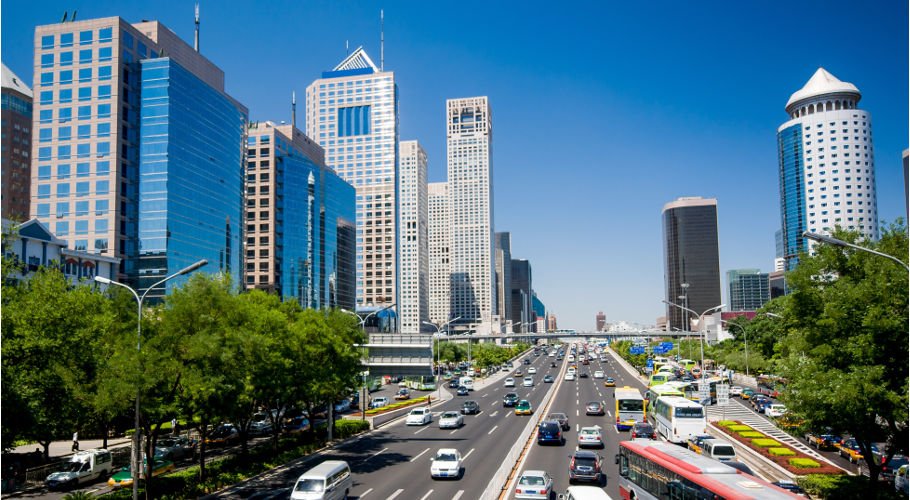
With only brief interruptions Beijing has been the capital of China since Yuan Dynasty (1279 – 1368 AD). China and around 21 million people live here today. Due to its political importance over the centuries, Beijing is a true treasury of Chinese culture. In addition to the huge palaces of the old dynasties or the Temple of Heaven, you can also find Confucian, Buddhist, and Taoist temples. The Great Wall and the impressive grave sites of the Ming emperors are not far away from the city. Beijing's contemporary architecture also attracts many people, with buildings such as the twisted CCTV Building, the Water Cube or the Bird's Nest for the 2008 Olympic Games. Moreover, it is known for its nightlife and its avant-garde art scene with its fixed center is the 798 art district.
Chongqing
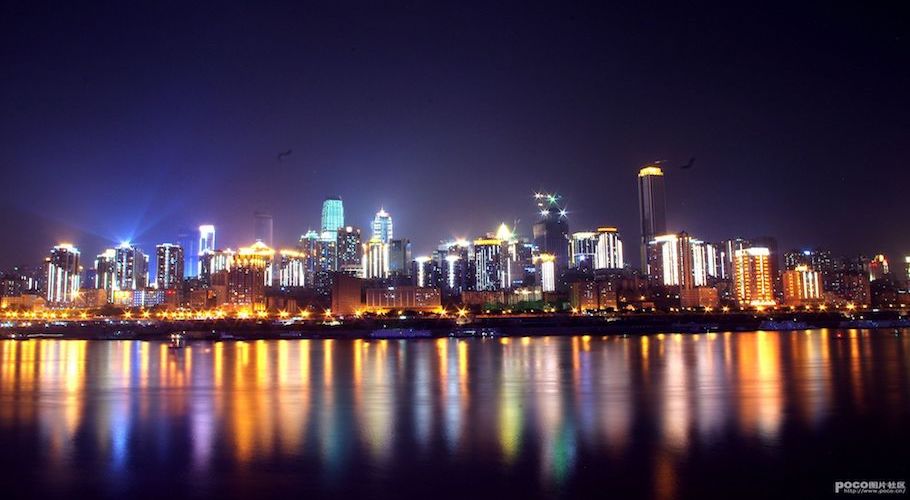
Chongqing is located in the Southwest China at the confluence of the Yangtze and Jialing, and with 30.8 million inhabitants it is the world’s largest city. After the fall of Nanjing in the Second Sino -Japanese War, it has been from 1938 – 1945 the temporary capital of the Republic of China. Chongqing is referred to as "the mountain city" because the entire city is surrounded by mountains, which makes it simultaneously a city of many bridges. Particularly appreciated is its mild climate, which allows for the harvest of fresh vegetables even in the winter months. Particularly impressive are the well preserved Buddhist Dazu rocks close to Chongqing. Here over 50,000 statues were carved into the rock from the Tang Dynasty on. In another war, but equally impressive is the adjacent Three Gorges National Park and the Three Gorges Dam itself.
Shanghai
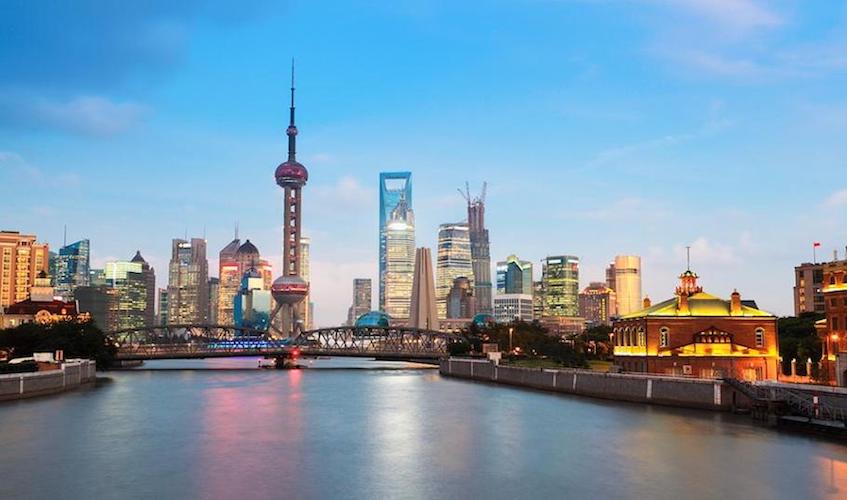
Located at the Yangtze River Delta, Shanghai is alongside Guangzhou one of the most Western city in China. With its 23 million inhabitants, it is also the second largest city in the world. Since the beginning of the 19th Century, it has been the economic center of China. Therefore in 1842 the British Empire demanded its opening to foreign trade after the First Opium War (1841). Accordingly, one can still admire the impressive representations of the former colonial powers. Today, however the modern downtown, called "The Bund", is the most popular destination for tourists and visitors. The Shanghai Tower with its 632m height is the second tallest building in the world. Like Beijing, Shanghai has a well-established artists' center, the M50, and its nightlife is next to Guangzhou, the most notorious of all in China.
Xi’an
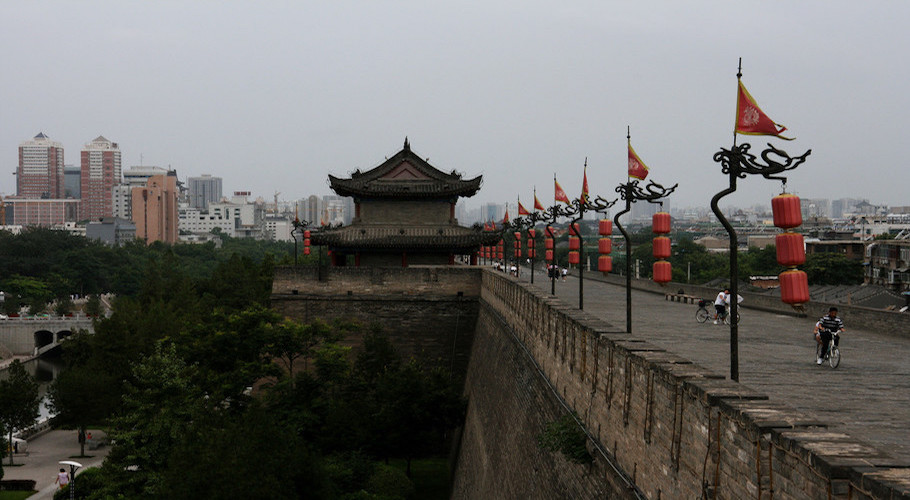
With its more than 3,100 years of history, Xi’an is one of the oldest cities in the world, and it is almost located in the heart of China. Already during the Tang Dynasty (618-907) over one million people lived in Xi’an and made it the largest city in the world at the time. Today it has a population of around 8 million inhabitants. No other city in China had been capital as long as Xi'an (formerly called Chang'an). Although it is an incredibly modern city with a buzzing nightlife, it is still best known for its history. Located near Xi'an, you can look at the grave sites of the pre-Christian dynasties and at that of the First Emperor, guarded by the vast terracotta army.
Guangzhou
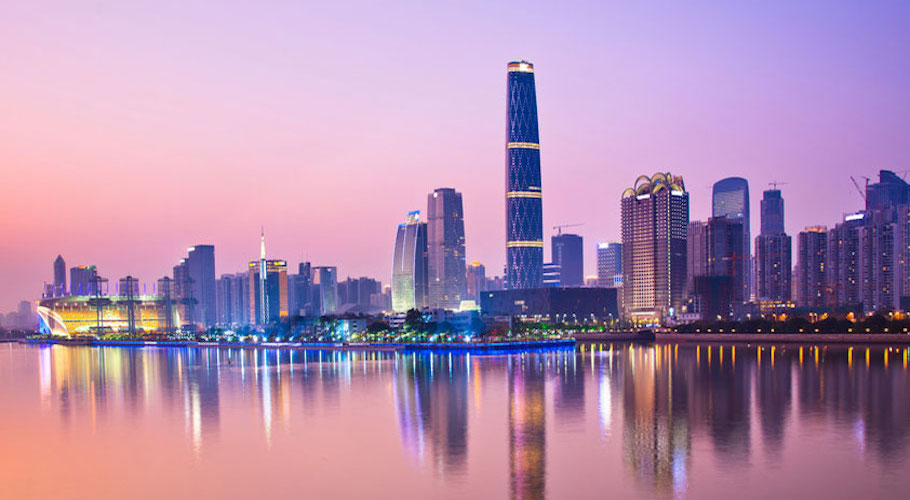
Guangzhou is located in southern China at the Pearl River Delta and better known in the West under the name “Canton”. It is the capital of the most populous province, Guangdong, and has approximately 12 million inhabitants. Guangzhou had been the only accessible harbor for foreign trade before the defeat of the Qing in the First Opium War (1841). Accordingly, alongside Shanghai, the city is often referred to as the city with the most Western influences in all of China. Only 120km away from Hong Kong, it is part of a huge hub of cities, which in total count for 40 million inhabitants. Guangzhou is best known for three things: its mild climate, its colorful festivals, and its cuisine offering a multitude of delicious and fascinating dishes.
Wuhan
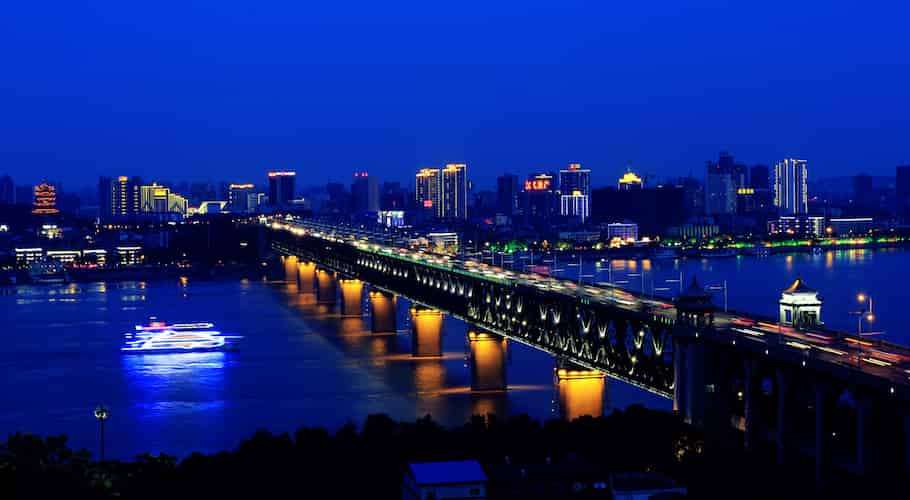
Wuhan, located in the central eastern part of China, is the capital of Hubei Province and has around 10 million inhabitants. With its more than 3,000 years of history, it is one of the oldest cities in the world, and you can visit numerous temples and historical sites, including the Tower of the Yellow Crane, which was built in 220 AD. Its seven bridges over the Yangtze are regarded as an impressive expression of the great technological achievements of younger Chinese history. Wuhan is known for its entertainment street, Jiqing, which offers plenty of different shows every evening. The Wuhan Happy Valley is one of the largest amusement parks in China and has roller coasters that offer a free fall from 67m height.
Hong Kong
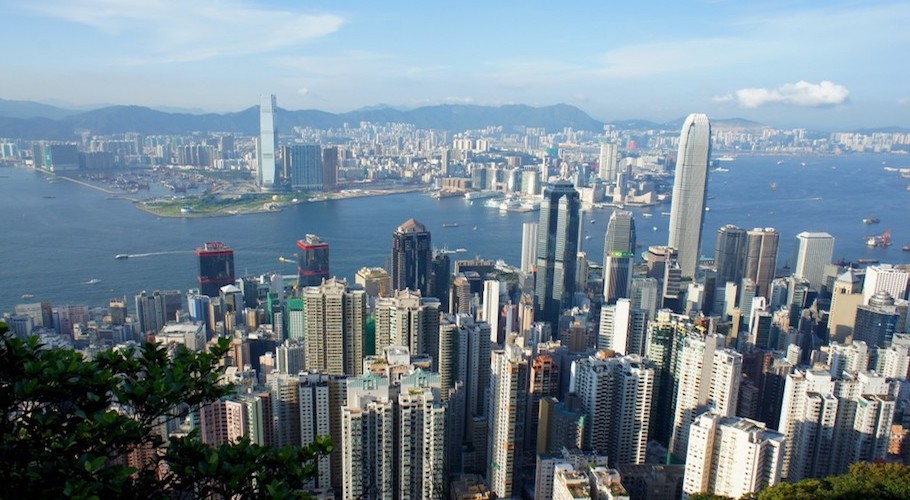
Hong Kong is next to the famous gambling city of Macao one of the two special administrative zones of China with an own currency and particular local laws. That’s due to the fact that it has been a British colony from 1842 to 1997. It is located in the south of China at the estuary of the Pearl River and has approximately 7 million inhabitants. Since Hong Kong skipped the Cultural Revolution, one can observe many traditions and old customs in everyday life of the Chinese people here. It is a popular destination for cruises, has its own Disneyland and a colorful nightlife. Hong Kong is not only a tax haven; the weak Hong Kong dollar makes it a famous shopping destination for Chinese from neighboring provinces.